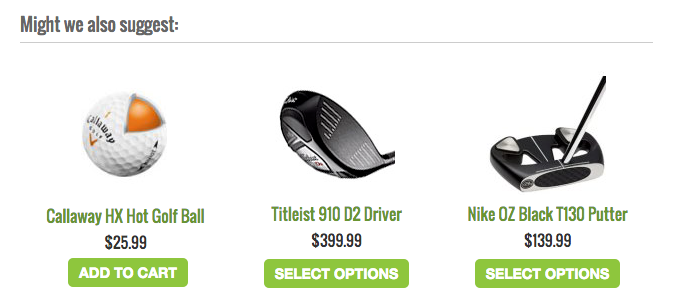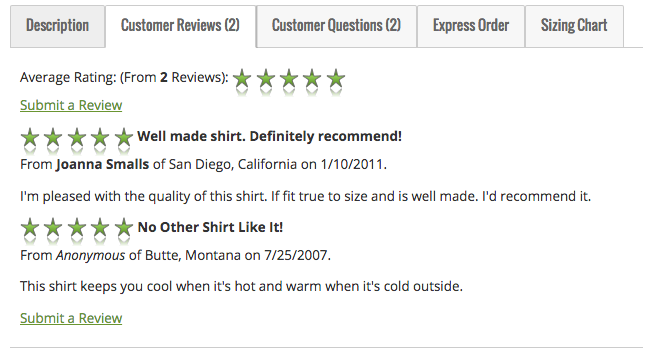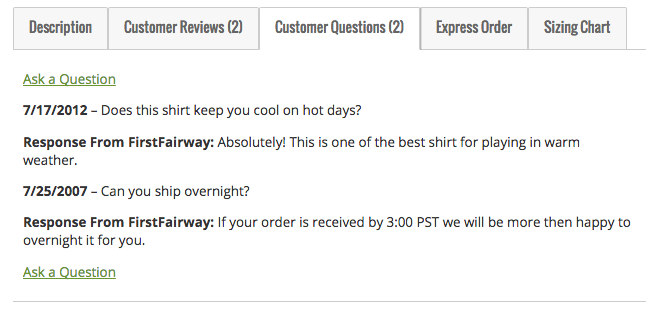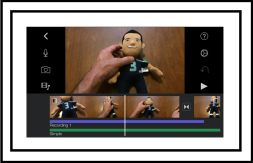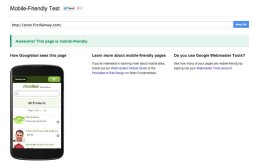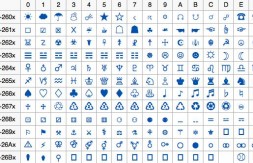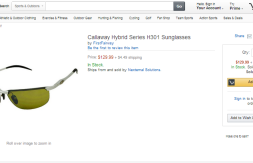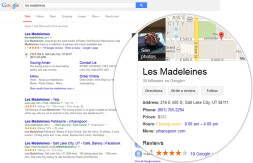Allow B2B Customers to “Shop” Not Just “Order”
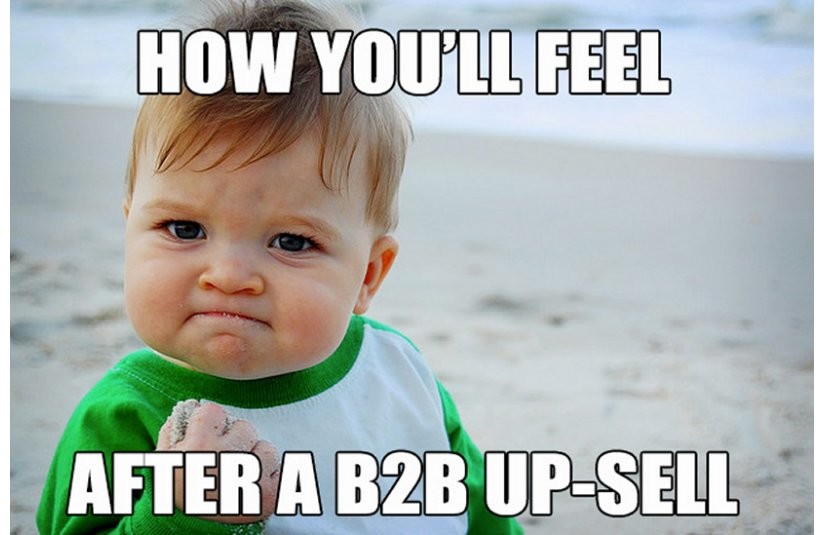
It’s likely that when you set up your business-to-business (“B2B”) online store, you had it in your mind that you were simply going to create an online ordering portal so that instead of customers calling in, emailing, or faxing in their orders, they could simply login to your store, place their orders, and be done. However, B2B online sales are booming and a large portion of B2B merchants forget about the fact that some B2B customers may also be in the mood to shop and therefor can be sold more items than just what they simply came to order.
Take a look at these two definitions commonly used in eCommerce:
Order – {verb} – to give a request or demand for.
Shop – {verb} – to visit places where goods are sold in order to look at and buy things.
You will see that the two terms above vary significantly. It’s likely that if you’re a B2B eCommerce merchant, your customers fall under one of these definitions. You have customers who login to your store to place an “order” and you have customers who login to your store and “shop”. The question you need to ask yourself is, “Does my online store cater to both types of customers?”
I’d like to alter these definitions to better identify each type of customer:
Order – {noun} – This is a B2B customer who’s simply trying to refill his shelves with product that’s out of stock, or maybe even fill one of his customer’s special orders. He’s simply going to order what he needs and get out of the store as soon as possible.
Shop – {noun} – This is a B2B customer who’s also looking to “Order” but may also be looking for new products, top selling items, and ultimately anything they could add to their own store to help them turn more profits.
While it’s very important to offer features such as Express Ordering, One Click Reorder, and Multiple Ship-To (which makes ordering from your store efficient for both the “Order” and “Shop” customers), here are a few features that will help you ensure your catering to the “Shop” customer and also may help you encourage an “Order” customer to buy more.
Related Items – Up-Selling and Cross Selling is an eCommerce fundamental, but a lot of B2B merchants skip this opportunity to increase their average order amount.
Promotions – B2B customers love saving money. Free Shipping promos and Discount Tiers are a great way to encourage customers to buy more.
Product Reviews – Reviews can be a powerful tool in both the B2B and B2C environment. Ensure that you’re soliciting feedback or at least including end user testimonials on product pages.
Product Questions – B2B customers almost always have questions when it comes to new products. If you want your online store to replicate, or eventually replace, an outside sales rep, you need to anticipate questions then address those questions and provide answers on the product pages.
Emphasize Top Products – Let your customers know what your top products are. Set up a category of “Top Sellers”, offer a Sort By option for Most Popular, send a marketing email listing your Top 100 Products of 2014. A good shopper will look for these lists and make buying decisions based on their findings.
As a B2B eCommerce merchant, it’s important to understand that even though you’re selling to another business, there’s an actual person who’s doing the buying on the other end. Be sure that you’re not just offering an online ordering platform, and that you understand and implement strategies centered on tried-and-true consumer behaviors that have been proven in the B2C environment. These strategies will be sure to help you increase your overall B2B sales.

